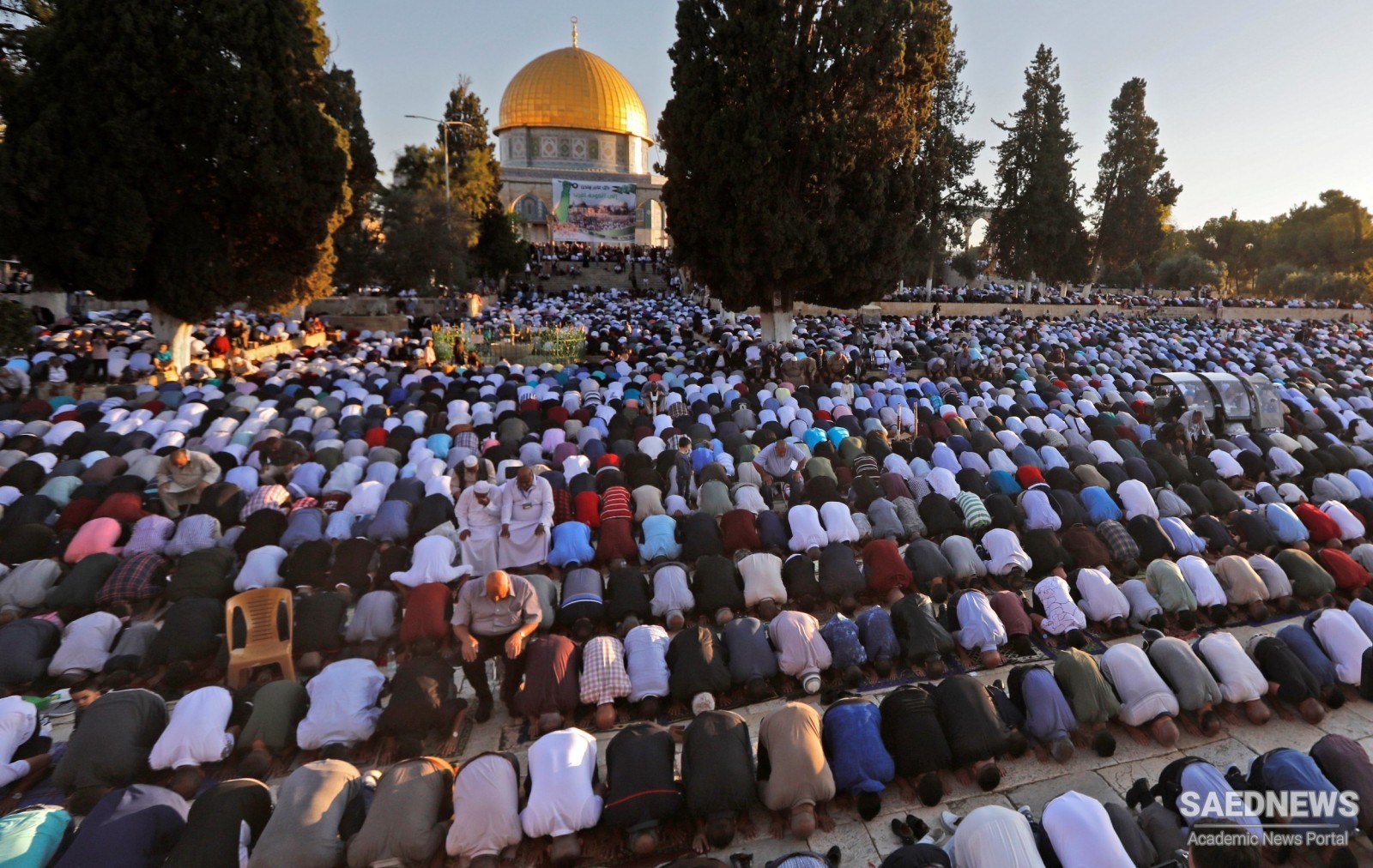The rise, evolution, and spread of Islam in the seventh century A.D. were greatly influenced by the geography of the region in which it was born. Islam is not unique in this respect, for any religious or political phenomenon is shaped and influenced by its geographic circumstances. Thus the chapter begins with a brief survey of that larger context. It then traces Middle Eastern history from the birth and expansion of Islam to the rise of the Ottomans and, after nearly five centuries, their ultimate collapse and replacement by European colonial powers. Islam was born in the Arabian peninsula, a place nearly as harsh and inaccessible today as it was in the seventh century. The area was linked to the outside world primarily by the merchant caravans that left the Hijaz region (in western Arabia) for trading posts in Damascus and further north along the Silk Road. By the time of the rise of Islam, many civilizations just north of the Arabian peninsula had already gone through cycles of birth, death, and regeneration—the Akkadians, Babylonians, and Hittites chief among them—although two formidable dynasties continued to exist and, in fact, thrive. The Sassanids, concentrated to the northeast of the Arabian peninsula along the two sides of what is now the Iran-Iraq border, were gradually restoring to the ancient Iranians some of the glory they had lost with the collapse of the Achemenid dynasty at the hands of Alexander the Great. The other great civilization was the Byzantine Empire, whose size and powers were as impressive as the great city that bore its name. Between the Sassanids and the Byzantines lay the ruins of a few other ancient civilizations, by then long abandoned, the most notable of which were the Babylonians. With these potential intermediaries long gone, frequent quarrels erupted between the two regional giants, steadily weakening both in the process. In 330 A.D., Constantine the Great made Byzantium the capital of the Roman Empire and changed its name to Constantinople, the City of Constantine. Islam appeared in 610 A.D. and expanded dramatically after the Prophet’s death nearly twenty-three years later. This expansion was greatly influenced by the conditions in which Islam found itself and the heritage of the peoples and the regions it conquered along the way (Source: Political History of Middle East).


 Middle East: From Colonialism to Independence
Middle East: From Colonialism to Independence














































